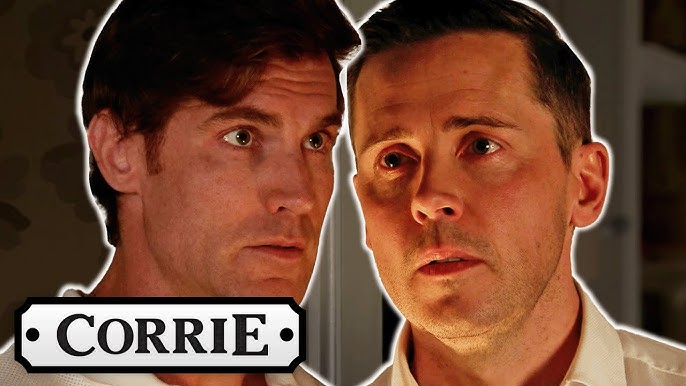In an explosive revelation reminiscent of the intense rivalries that once defined hip-hop culture, Beanie Sigel, the legendary emcee and leader of State Property, has opened up about a pivotal altercation with Cam’ron, marking a possible flashpoint in the storied history of Roc-A-Fella Records. In a recent episode of the Nation of Highation daily podcast, Sigel unveiled the tension simmering beneath the surface during the tumultuous days when his group attempted to carve their niche against the rise of Dipset—a highly coordinated hip-hop powerhouse led by Cam’ron himself.
 The drama unfolds as Sigel recounts the buried friction that began during the dissolution of Roc-A-Fella. It was a volatile time, characterized by shifting alliances and fierce competition. Sigel reflects on his approach to rising through the ranks as Cam’ron and Dipset soared to unprecedented heights. It was a classic case of conflicting ambitions—a power struggle between two equally talented artists—one that has left an indelible mark on hip-hop history.
The drama unfolds as Sigel recounts the buried friction that began during the dissolution of Roc-A-Fella. It was a volatile time, characterized by shifting alliances and fierce competition. Sigel reflects on his approach to rising through the ranks as Cam’ron and Dipset soared to unprecedented heights. It was a classic case of conflicting ambitions—a power struggle between two equally talented artists—one that has left an indelible mark on hip-hop history.
“We were in the studio, and things were said,” Sigel recalled, referring to a studio session that included Jay-Z and Memphis Bleek. The air thick with unspoken competition, Cam’ron unexpectedly entered the room. It was a moment that Sigel describes as critical; he felt it necessary to confront Cam about comments he made during an interview, particularly remarks suggesting that Sigel lacked business acumen. Those public statements stung, and Sigel found it unacceptable that such private matters were aired in public.
“I just wanted him to know—this ain’t how we do things. You don’t put our conversations out there for the world to see,” Sigel emphasized, reflecting a loyalty to both his crew and the broader integrity of their craft. The confrontation outside the studio, which Sigel characterized as “heated,” served to remind all that respect and professionalism are paramount in the volatile world of hip-hop, where reputations were built on the street and often dismantled in the public eye.
“People were talking,” he continued, revealing just how much the comments afflicted him. Sigel’s frustration with Cam’ron was not merely about the remarks but rather the implications surrounding the shift in camaraderie that once existed between the artists. The fallout from that altercation represented a broader fissure within Roc-A-Fella, as the loyalties of artists became increasingly divided amid soaring egos and personal ambitions.
The conflicting narratives from both camps paint a vivid portrait of a legendary moment in hip-hop history, one that invites scrutiny about the fragility of partnerships in an industry notorious for drama. Cam’ron later expressed regret over his comments, acknowledging that discussing Sigel’s business acumen in a public forum was “out of line.” Yet such admissions come too late in the context of an already fractured relationship.
As Sigel reflects on the past, he grapples with the overarching question of what could have been had internal conflicts been handled differently. “There was potential for both groups,” he noted, emphasizing that Roc-A-Fella had the talent, but internal miscommunications led to a cascade of events ultimately fracturing the label. What started as a collaborative environment became a breeding ground for resentment.
This latest revelation has ignited discussions across social media platforms, where fans of both artists express their opinions on who bears the greater responsibility for the schism. The hip-hop community watches with bated breath as details continue to emerge, each providing new insights into the consequential decisions that shaped their careers. The rift between State Property and Dipset remains a focal point of interest, stirring nostalgia and debate on how history might have unfolded differently with better communication.
The stakes were high then, and even today, as Sigel reflects on his role in the evolving narrative of Roc-A-Fella Records. The revelations don’t merely serve as a trip down memory lane; they hold essential lessons about partnerships, loyalty, and the ever-present specter of betrayal that looms in the fervent world of hip-hop.
“Am I a soldier? Absolutely,” Sigel asserted decisively, embodying the undying commitment he has to both his crew and the craft that forged him. His story is a reminder of the raw emotions that lie beneath the surface of the artistry, the rivalries that ignite passions, and the personal sacrifices artists make in pursuit of their dreams. Each story adds texture to the landscape of hip-hop, transforming it into a compelling mosaic.
As Sigel’s recollections of this critical moment circulate and innovate conversations around hip-hop’s legacy, he leaves fans wondering what the future holds for collaborations among formidable artists who have shared the stage—and the turmoil—at one point in their careers. The echoes of their past altercations resonate through today’s culture, nurturing an environment where legends fall, and legacies are both forged and imperiled.
This revelation from Beanie Sigel reiterates that hip-hop is more than just music; it is a tapestry of human experiences—full of fervor, heartbreak, and the artistry of conflict. With bygone partnerships lingering in the air, fans and artists alike are left pondering a critical question—as the industry evolves, will old rivalries pave the way for new alliances, or are we destined to repeat the mistakes of the past?





